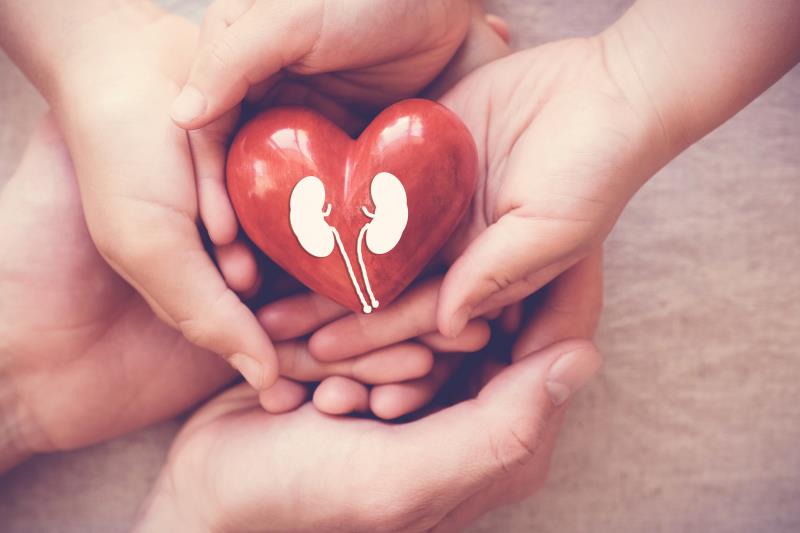Haemodialysis tied to higher paediatric MAP-SDS than hemodiafiltration





Children undergoing haemodialysis (HD) may experience a higher mean arterial pressure standard deviation score (MAP-SDS) over time compared with those undergoing hemodiafiltration (HDF), according to a study presented at ERA-EDTA 2020.
The findings were the results of a post-hoc analysis of 133 children (aged 5–20 years) on HD (n=78; 41.0 percent female) or HDF (n=55; 56.4 percent female) enrolled in the HDF, Heart and Height (3H) study who completed a 12-month follow-up. History of dialysis and time on dialysis before the start of 3H study were similar between the HD and HDF cohorts. Twenty-four-hour ambulatory blood pressure monitoring (ABPM) was used to monitor arterial hypertension, which was defined as a 24-hour MAP-SDS of >95th percentile. [ERA-EDTA 2020, abstract MO078]
At baseline, children on HD demonstrated a higher 24-hour MAP-SDS, which indicates hypertension, than those on HDF (82.0 percent vs 41.8 percent), with a greater difference in the rates at 12 months (88.0 percent vs 25.0 percent).
On univariable and multivariable analyses, an increased 24-hour MAP-SDS was found to be significantly associated with HD modality (annual increase, β, 1.03 and 0.98, respectively; p<0.001 for both) and current interdialytic weight gain (IDWG; β, 0.18; p<0.0001 and β, 0.13; p=0.0003).
HD modality was also significantly associated with both daytime (β, 0.25; p<0.0001) and night-time ABPM (β, 0.47; p<0.0001) at 12 months. “[Of note,] pre-dialysis BP measurements showed a poor correlation with ABPM and cannot be relied on in dialysis patients”, said lead investigator Dr Francesca De Zan from Great Ormond Street Hospital for Children in London, UK.
A higher rate of uncontrolled hypertension, defined as those on hypertensive medications with 24-hour MAP-SDS of >95th percentile, was noted in the HD group than the HDF group at 12 months (93.0 percent vs 36.0 percent).
“Hypertension is prevalent in children on dialysis and associated with left ventricular hypertrophy, cardiovascular disease, and mortality,” De Zan noted.
Given that this study is the largest cohort on paediatric dialysis, “we can say that in children, HDF allows better blood pressure control compared with conventional HD. In particular, over a 1-year follow-up, the MAP-SDS increased by 1 SDS in HD patients, while there was an attenuated and nonsignificant increase of 0.2 SDS in HDF patients,” said De Zan.
Further randomized trials are warranted to confirm this finding, she added.